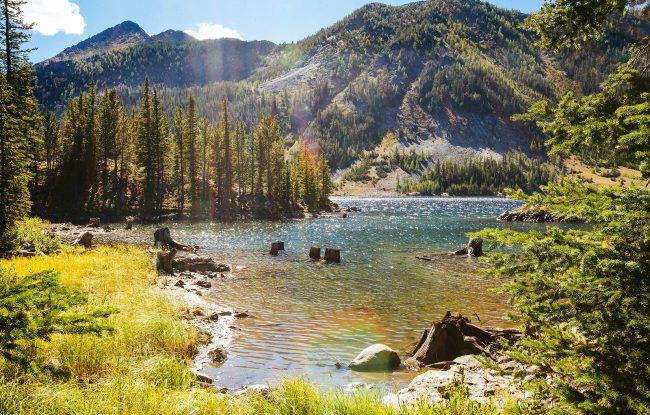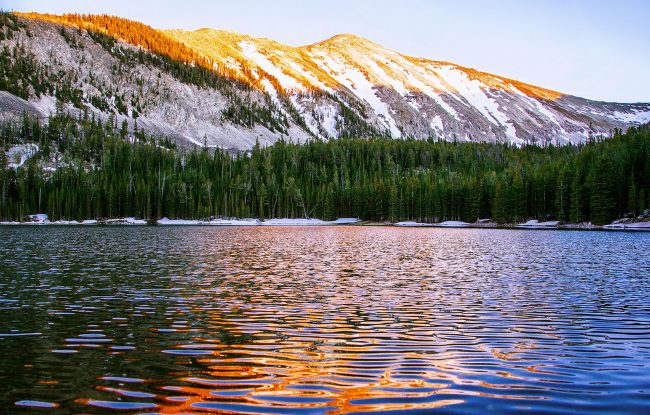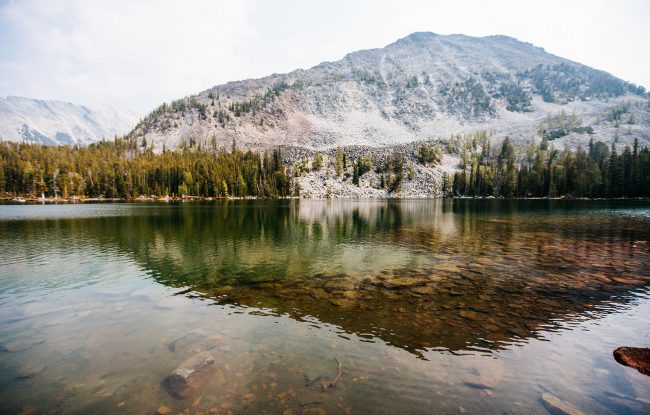



We began the Page Lake and Flower Lake hike from the...…
We began the Cutaway Pass hike from the Upper Carpp Creek...…
We began the Warren Lake and Cutaway Pass hike from...…
The trail we took to Warren Lake in the Anaconda-Pintler Wilderness...…
The Fourmile Basin Lakes in the Anaconda-Pintler Wilderness...…
The Warren Pass Loop in the Anaconda-Pintler Wilderness...…
Goat Flats in the Anaconda-Pintler Wilderness is a popular...…
The trail to Storm Lake takes you to a local favorite...…
Carpp Lake in the Anaconda-Pintler Wilderness is an easy...…
Edith Lake in the Anaconda-Pintler Wilderness is a fairly easy hike...…
Tenmile Lakes in the Anaconda-Pintler Mountains is a great...…
Hearst Lake is a close hike to Anaconda. The trailhead is...…
Barker Lake is a fairly easy out and back hike in the Anaconda...…
Lake of the Isle ascends up an old logging road. The trail appears to have...…
Twin Lakes ascends up an old road. It appears to have been...…
Howe Mountain starts out hiking next to a swampy section of...…





 Refine Search
Refine Search




















